- History / Culture
- Gourmet
Kobe: A Cultural Kaleidoscope of architecture, food and antiques from all over the world
Contributor : Kristina
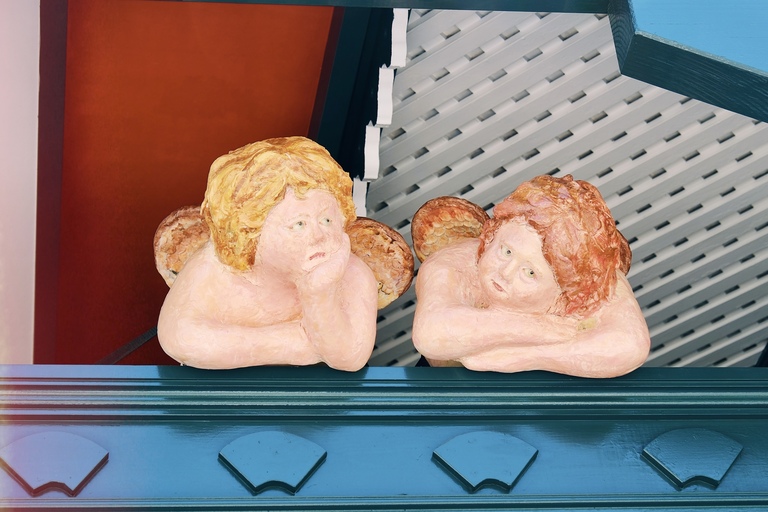 Along the coast, Kobe stands as a testament to Japan's history of international trade and cultural exchange. The city's journey towards cosmopolitanism began in the mid-19th century when the country, under pressure from Western powers, ended its centuries-old policy of isolation. Signing treaties with countries like the United States, Japan opened ports such as Yokohama and Kobe to international trade, ushering in an era of rapid change and cultural exchange. This transformation has made Kobe one of Japan's most vibrant and multicultural cities, with around 45,000 residents from over 150 countries and regions continuing to embrace diversity and foster cultural exchange.
Along the coast, Kobe stands as a testament to Japan's history of international trade and cultural exchange. The city's journey towards cosmopolitanism began in the mid-19th century when the country, under pressure from Western powers, ended its centuries-old policy of isolation. Signing treaties with countries like the United States, Japan opened ports such as Yokohama and Kobe to international trade, ushering in an era of rapid change and cultural exchange. This transformation has made Kobe one of Japan's most vibrant and multicultural cities, with around 45,000 residents from over 150 countries and regions continuing to embrace diversity and foster cultural exchange.
As you wander its streets, you'll discover that Kobe is more than just a city—it's a cultural kaleidoscope where tradition meets innovation and the past seamlessly merges with the present. Iconic landmarks like the Kitano Foreigners' Residential Area, Chinatown, and Otsunaka Street serve as reminders of this vibrant past.
Kitano-cho Historic District: Kobe's Living Heritage
On July 29th 1858, the Tokugawa shogunate—a feudal regime that ruled Japan from 1603 to 1868—signed the Treaty of Amity and Commerce with the United States, marking a significant turning point in Japan's international relations. This treaty recognized U.S. consular jurisdiction in Japan and included a clause to open Hyōgo port as a treaty port. Similar treaties, known as the Ansei Treaties, were soon signed with the Netherlands, Russia, the United Kingdom, and France.
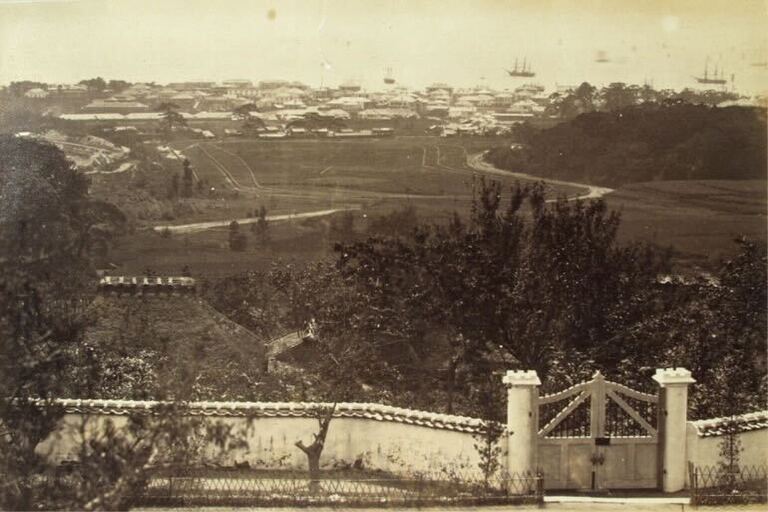
View of Kobe, 1871. Photo courtesy of Yokohama Port Opening Museum
In the early Meiji era (1868-1912), the Kitano-cho district emerged as a residential area for foreign merchants and diplomats. Nestled on a gentle southern slope by Mt. Rokko, this area offered panoramic views of Kobe's picturesque landscape. Foreign residents began constructing their homes here, laying the foundation for a thriving foreign residential community by the 1920s.
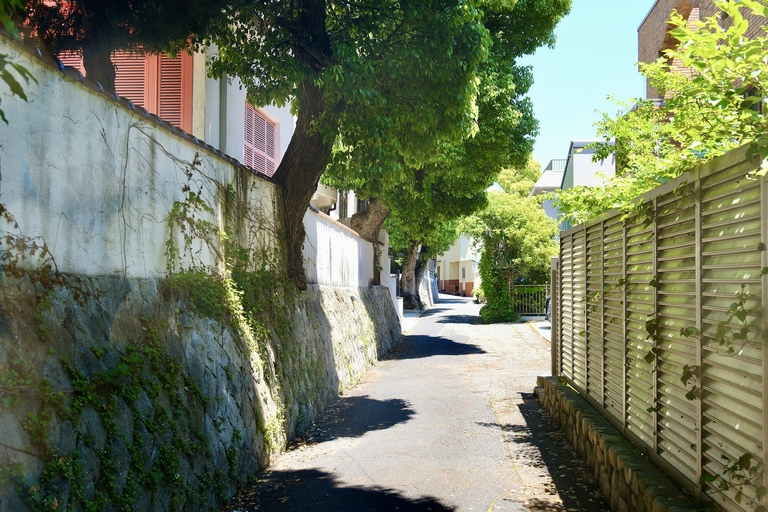
The picturesque streets of Kitano Foreigners' Residential Area
The Kobe foreign settlement significantly impacted Japanese culture by introducing new products and practices such as Ramune, Western confectionery, and beef consumption, establishing Christianity, and promoting cultural activities like music and sports. These influences helped Kobe evolve into a multicultural city where diverse ethnicities and cultures coexist.
Visitors to Kobe can now enjoy a unique area featuring Western-style and Japanese-style houses, creating a distinct cultural blend that characterizes the neighborhood. Located just a 10-minute walk from Shin-Kobe station, it is the perfect starting point for your trip to Kobe. You can find a detailed one-day Kobe itinerary in my last article for more information!

The area's buildings have a variety of designs and colors, giving the area a unique look
The Western-style buildings, or "Ijinkan," in the Kitano-cho area are characterized by their spacious plots and diverse designs and colors. Features like verandas, bay windows, weatherboard siding, shutters, ornate eaves, and brick chimneys add to their charm. The neighborhood is home to several iconic houses, such as the "Weathercock House" built by German trader G. Thomas, known for its symbolic weathercock, and the "Moegi House," constructed in 1903 for the Consul-General of the United States.
Each building provides a glimpse into the diverse cultural tapestry of the foreign residents who once lived there. As you wander through these historic streets, you'll not only marvel at the architectural ingenuity but also be treated to panoramic views of Kobe's cityscape, providing a window into the lifestyle and culture of its former inhabitants.


Details on one of the buildings
Before World War II, Kitano-cho boasted over 200 Western-style and Japanese-style houses, creating a unique cultural blend that characterized the neighborhood. However, the ravages of war and subsequent economic growth led to the disappearance of many of these architectural gems. Despite this, around 80 buildings remained before the devastating Great Hanshin Earthquake of 1995. While the earthquake caused significant damage, particularly to structures with brick chimneys, Kobe's Western-style buildings endured, reflecting the resilience of the city's architectural heritage.
Kobe's Nankinmachi: The Heart of Cultural Exchange
Japan's three major Chinatowns—Yokohama, Nagasaki, and Kobe—all share one common feature: "foreign settlement." But why is there such a close relationship between the settlement and Chinatown? When the ports opened, Westerners and the Japanese had difficulty understanding each other due to language and cultural differences. To bridge this gap, Chinese intermediaries known as "buy-ben," who were knowledgeable in Western commercial practices and could communicate using Chinese characters, played a vital role in facilitating trade settlements. In Kobe, the presence of these Chinese intermediaries was essential for the functioning of the settlement in Yokohama, which was a hub for foreign trading posts and trade in the region.
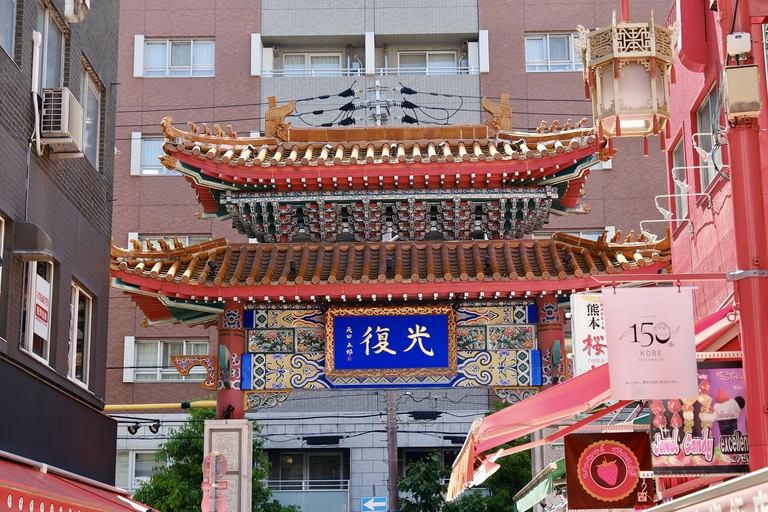
The entrance to Nankinmachi, or Chinatown
China was not a signatory to any treaties then, so Chinese nationals were prohibited from residing within the settlement. As a result, Chinese people settled on the western side of the settlement, forming Nankinmachi, or Chinatown. The name "Nankinmachi" originates from the friendly term "Nankin (san)" that Japanese people use for Chinese people and things. This name remains unchanged today, as the local community takes pride in its history and heritage.
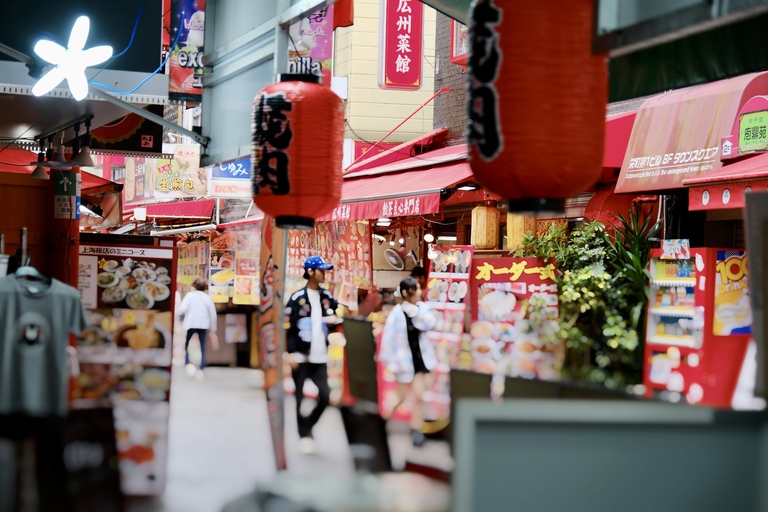
The vibrant atmosphere with a touch of exoticism of Chinatown
The streets of Nanjing Town are lined with buildings featuring Chinese-style architecture, creating a vibrant atmosphere with a touch of exoticism. Here, you can find a variety of establishments, from authentic Chinese cuisine to international dishes, Chinese tea, sweets, and unique stores selling groceries and goods. Plenty of affordable Chinese and multicultural cuisine options are available for casual dining, and there are increasing takeout options. This place is lively any time, but if you want to enjoy food without lining up, I suggest coming during the weekdays!
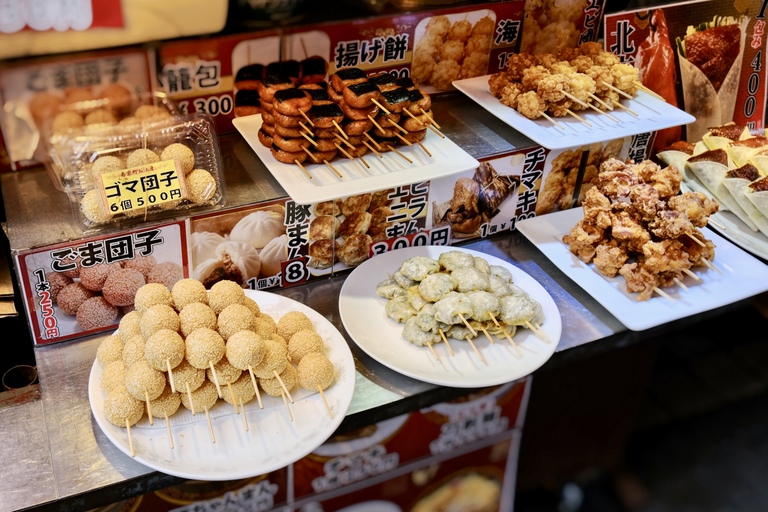
You can spend the whole day enjoying food here
If you are visiting the area in winter or spring, remember to check Nanjing Town's official website for events (there is no international page, so please use the Google translation function for your convenience!).
https://www.nankinmachi.or.jp/event
The town usually hosts the Spring Festival celebrations from January to late February each year to celebrate the Chinese New Year, turning the entire city into a festival venue. Various events such as lion dances, dragon dances, Chinese dances, and tai chi performances attract tourists from all over the country. The Spring Festival celebrations are now designated as a regional intangible folk cultural asset and have become a representative event in Kobe.
Antique Treasures in Kobe: Otsunaka-dori and Beyond
If you want to take home a piece of international Kobe as a souvenir, I recommend visiting one of the many antique shops. One of the best places to do this is Otsunaka-dori, between Chinatown and the port. This 800-meter-long street is lined with old buildings that house various shops, including clothing stores, vintage cafes, and antique shops. The retro charm of these buildings adds to the street's appeal.
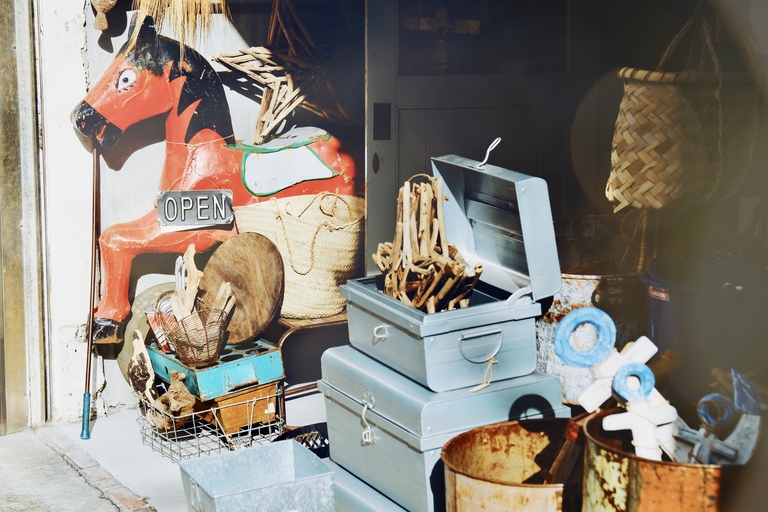
Entrance to one of the many shops on Otsunaka Street
The history behind this area is fascinating and connected to the history of Kobe Port.
In the past, many ships docked at the Meriken Pier, right next to this small street, and as a result, companies that handled ship cargo set up offices along this street. The name "Otsunaka" refers to those shipping companies known as "Otsunaka" (乙仲).
Unfortunately, the once-bustling Otsunaka-dori is now a shadow of its former self. The devastating Great Hanshin Earthquake in 1995 significantly reduced the functionality of Kobe Port, forcing many shipping companies to withdraw from the area. This left behind buildings that still bear the marks of those days.
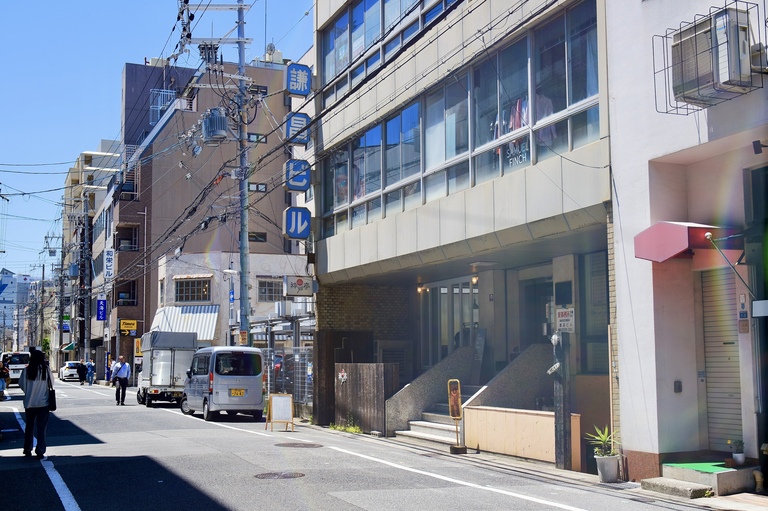
Otsunaka-dori is a heaven for vintage lovers
Interestingly, this street has recently gained attention as vacant stores and offices have been transformed into stylish new establishments. When I walked through the area, I wanted to go into every shop, which is probably impossible - so many shops are here! Blending long-standing cafes and eateries with new shops creates a fascinating, almost surreal space. The influx of new stores can be attributed to the low rent and excellent location—near the Nankinmachi (Chinatown) and Meriken Park, all areas rich in international ambiance and tourist attractions.
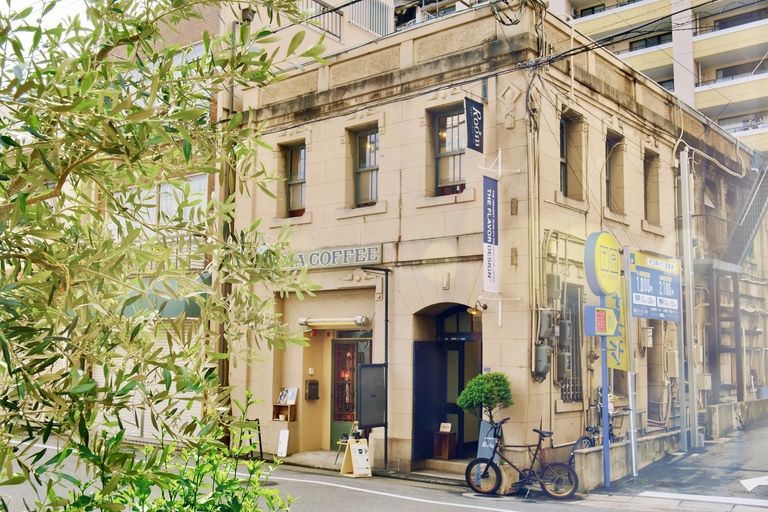
A mix of old cafes with new shops creates an intriguing, almost surreal atmosphere
If you're a fan of vintage clothing, Otsunaka Street is a paradise for you! I spoke with several long-established businesses during my visit and heard many fascinating stories. The owner of a famous vintage shop mentioned that when he opened the store a little over a decade ago, he dreamed of creating a place where people could escape reality. I felt transported as I wandered around the shop filled with carefully selected clothes from England, the Netherlands, Austria、France, and many other countries. The owner also produces his clothing line and collaborates with designers worldwide. So, if you're seeking inspiration, visit this place when in Kobe!
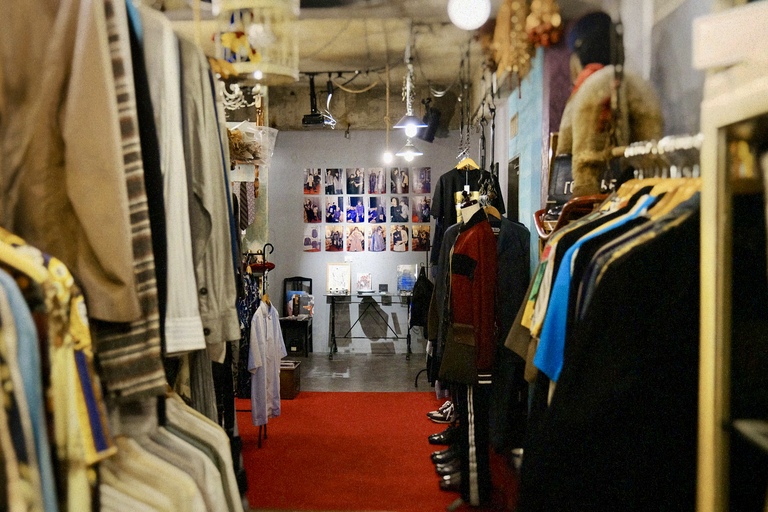
The interiors of the select vintage store 'Tanagocolotus' on Otsunaka-dori
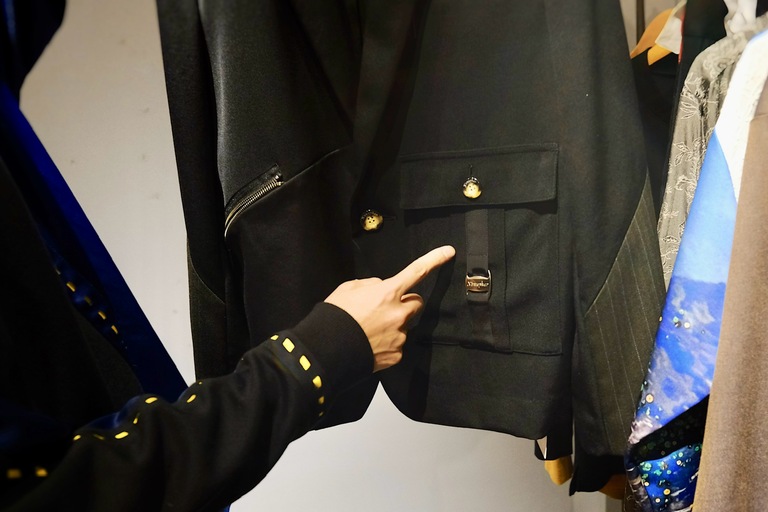
The original brand, "N’enuphar," offers clothing with narrative elements and a vintage flair
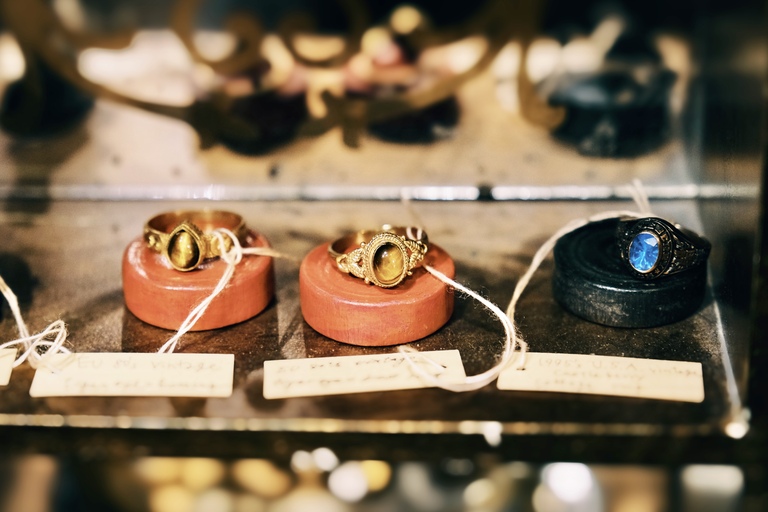
Countless accessories inside the store
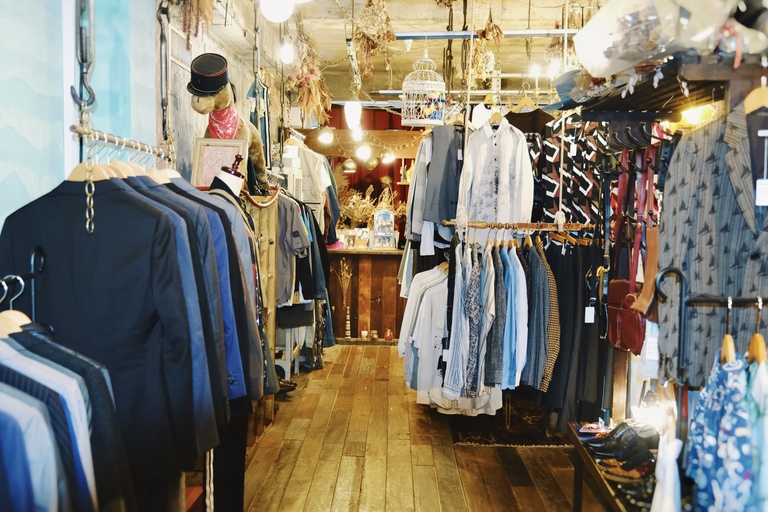
The interiors of the select vintage store 'Tanagocolotus' on Otsunaka-dori
If you are looking for vintage furniture, visit an area not physically located here but influenced by Kobe Port's international past. Situated in Nada Ward, next to Hanshin Nishinada Station, this mysterious shop offers different antique furniture and goods from Europe (mainly France, Belgium, and the Netherlands).
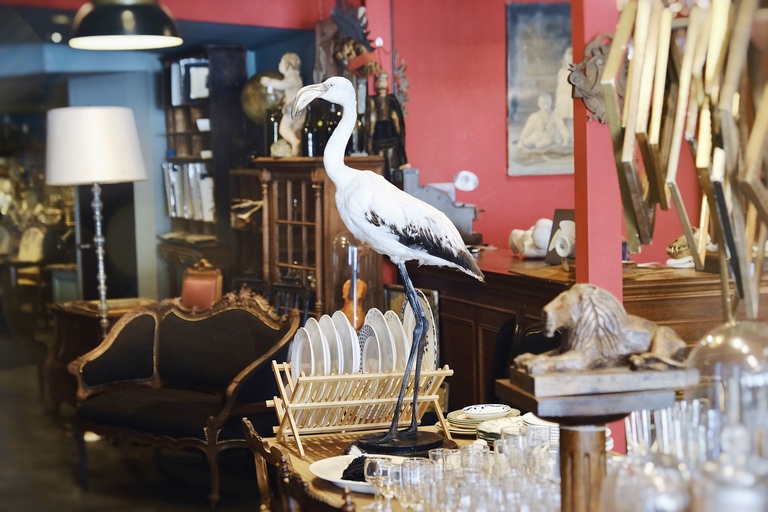
A mix of antique goods in the store 'Sibora'
The slightly dim interior is filled with intrigue as you walk around the shop: antique furniture you only saw in films, walls lined with picture frames, and shelves brimming with antique dolls and trinkets. Honestly, it reminded me of the interior of Hogwarts Castle from “Harry Potter.” It felt like I'd come to a magical country! This melancholic and slightly eerie yet captivating environment draws you in, compelling you to look closer.
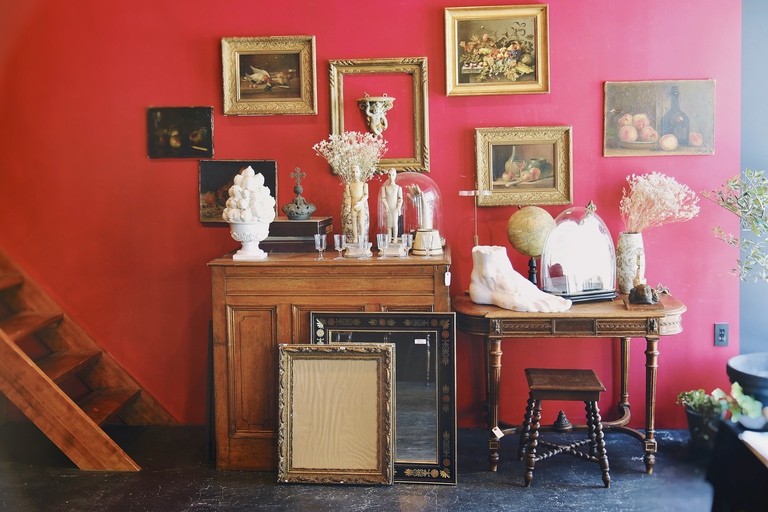
It is a magical, slightly eerie place that draws you in, urging you to explore further
Kobe City has a unique ambiance, and the intriguing mix of old and new makes it a must-visit destination for antique enthusiasts and curious explorers.
In conclusion
Exploring Kobe’s streets reveals its rich history and dynamic cultural landscape. The Kitano-cho Historic District, with its Western-style buildings, showcases foreign residents' architectural and cultural influences. Nankinmachi, Kobe’s Chinatown, reflects the city's historical ties with Chinese intermediaries who facilitated early trade. Otsunaka Street, once bustling with maritime activity, now thrives with trendy boutiques and antique shops, merging the old with the new.
Kobe’s unique cultural mosaic, historic landmarks, and vibrant neighborhoods make it a captivating city that celebrates its rich heritage while embracing the future. So, how about choosing this lively city as your next destination in Japan?
Date : 2024.06.18



